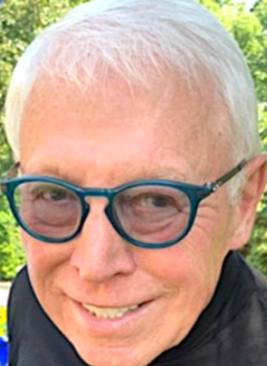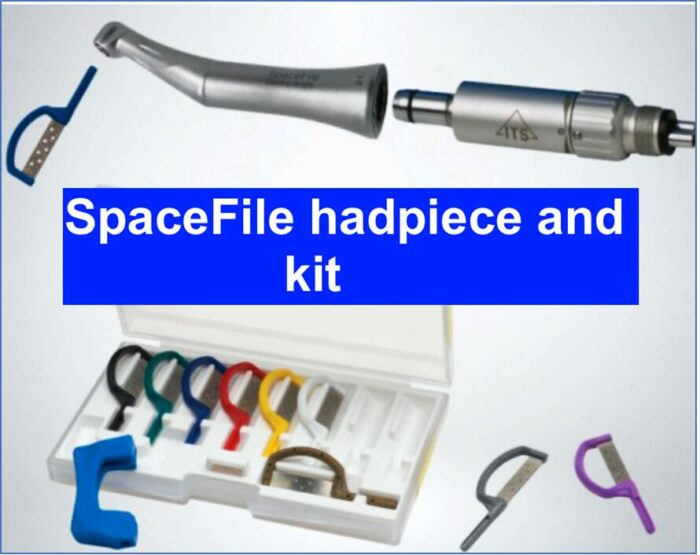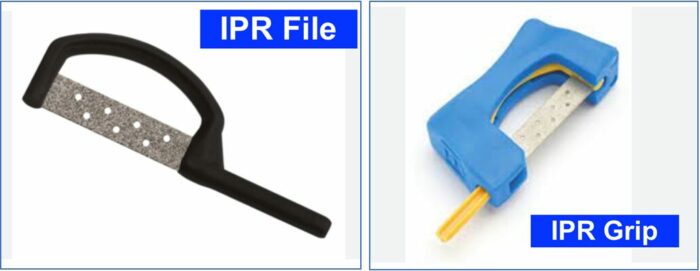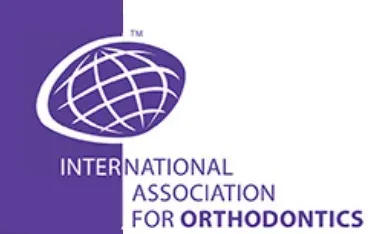March’s Tip

Aligners-Thoughts and Tips Part I
By Dr. Adrian J. Palencar, MUDr, MAGD, IBO, FADI, FPFA, FICD
March 2024
IAO Diplomate
68 – Tremont Drive, ST. Catharines
ON L2T 3B2, Canada
Lorem ipsum dolor sit amet, consectetur adipiscing elit. Ut elit tellus, luctus nec ullamcorper mattis, pulvinar dapibus leo.
In orthodontic treatment, Aligners gained great popularity because they are inconspicuous, esthetic, simple to fabricate, noninvasive and not time consuming for the clinician. Most of the procedures may be delegated to a certified hygienist, i.e., orthodontic records, examination, placement of attachments, insertion of the aligners, bonding the lingual buttons/sidekicks, bonding the lingual retainers, VPro instructions, OH instructions, elastic placement and Chewies instructions. The procedures which should not be delegated (in Ontario) are Diagnosis, Treatment planning, Clin-check, and Interproximal Reduction (IPR) of the enamel.
Interproximal reduction
The author recommends, particularly if anterior teeth are rotated, alignment first, with aligners (flaring), alternatively with bracketing six anterior teeth temporarily. If this does not happen, the clinician may be slenderizing wrong surfaces.
Rotations more than 45° are very difficult and time consuming to correct with aligners.
The author foresees the hybrid approach as the best protocol. There will be a preparation stage: I e., Hyrax, Anterior sagittal, Twin block, MARA, 3D Distalizer, D – gainer, up-righting the teeth, reducing the crowding and correction of rotations. The second stage may be finishing with aligners.
The author’s last thought in this subject is that if the clinician finishes the case, bonds maxillary and mandibular retainer, and inserts invisible retainers, the occlusion can not settle. The mandibular cusps seek intimate relation with maxillary fossae and marginal ridges (unless there is a lateral tongue thrust). This is not possible, because there are two layers of acrylic between teeth. Therefore, the author suggests maxillary and mandibular bonded retainers and maxillary and mandibular QCM (Hawley) removable retainers.
Author uses Dentsply Sirona SpaceFile products for few decades. IPR protocol comprises of SpaceFile Contra angle handpiece, SpaceFile IPR Kit and SpaceFile Grip. The IPR file motion is reciprocal, and it can be accomplished with SpaceFile Grip or SpaceFile handpiece. The contra angle handpiece will fit in most slow speed attachments.
If the pre-planned reduction is up to 0.5 mm, please do not use discs or carbide burs. In my experience they will not create precise parallel walls.


References:
- Densply Sirona Catalogue
- Author’s experience, observation, and research
- Palencar A. J., Air-Rotor Slenderizing (ARS), VOL 15 – NO 3, FALL 2004
